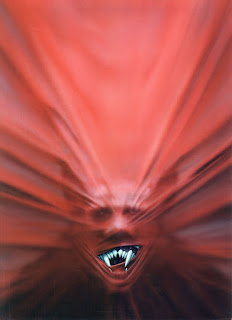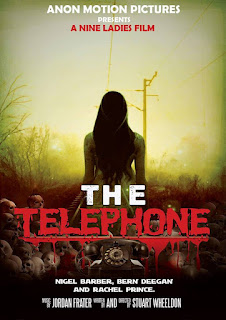Diabolique Magazine’s Christmas Crackers: Favourite Films for the Festive Season

The tradition of sharing ghost stories at Christmastime is an old one, and with its long, cold, dark nights, it's the perfect time of year to indulge in all things spooky. The Diabolique Magazine team have put together a list of our favourite films to watch at this time of year. Our wintry picks include Edward Scissorhands, 12 Monkeys, Black Xmas, Horror Express, Gremlins and many more. One of my own personal favourites is The Curse of the Cat People , a chillingly beautiful sequel to Jacques Tourneur's moody classic, Cat People . Under the guiding hand of producer Val Lewton and directors Gunther von Fritsch and Robert Wise, The Curse of the Cat People unfolds as an understated, oddly touching psychological study of the mind of a lonely young girl, with myriad scenes unfolding amidst an eerie winter wonderland. Head over to Diabolique Magazine’s website to read more … And wherever you are in the world, have a very Merry Christmas.























